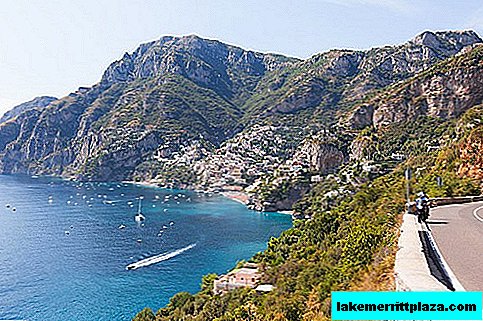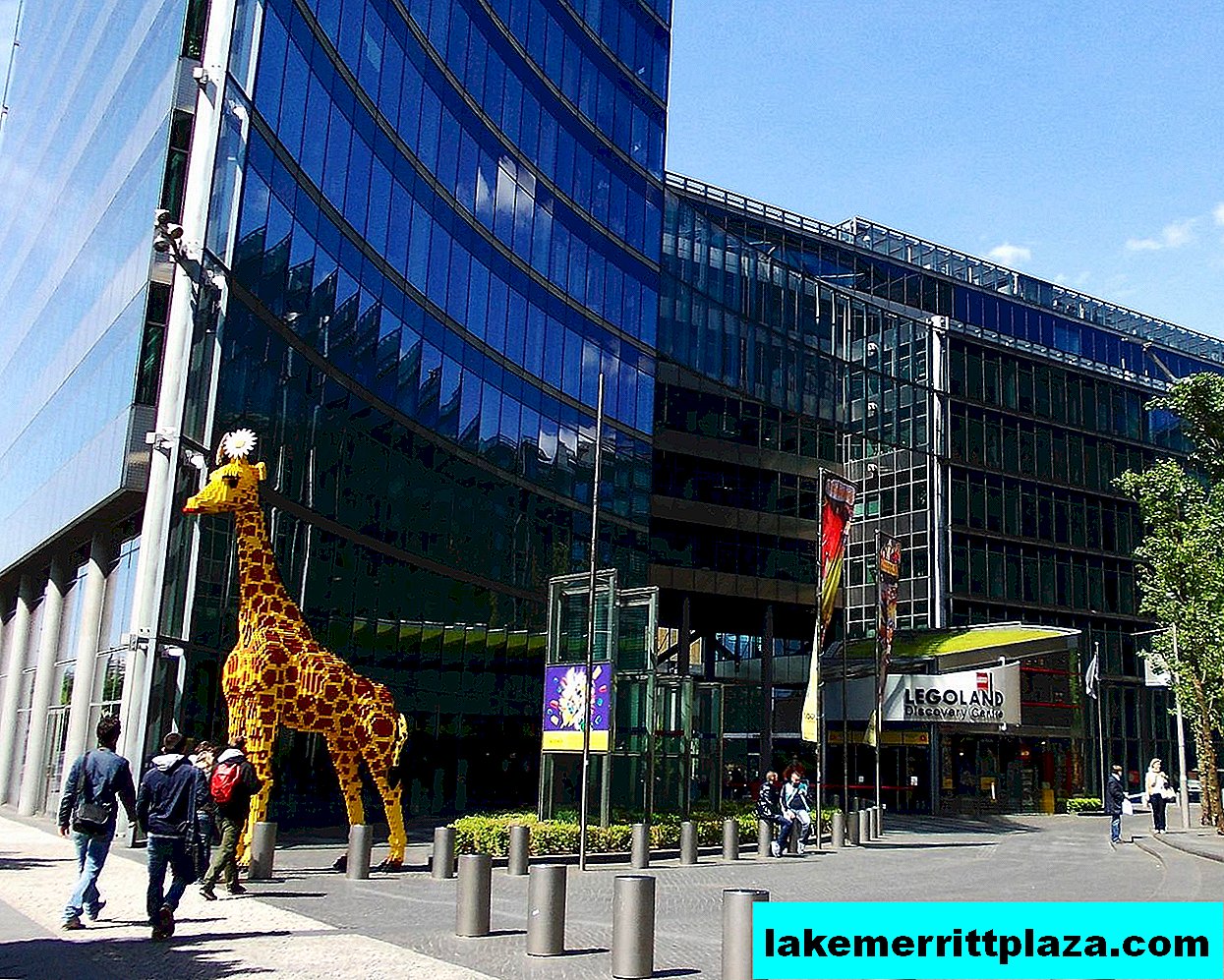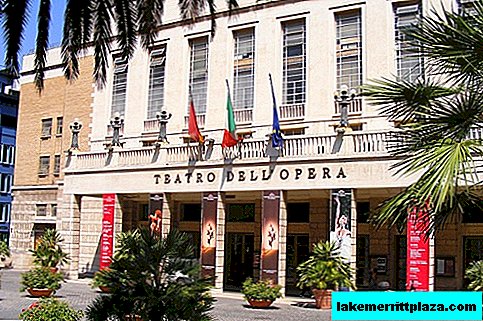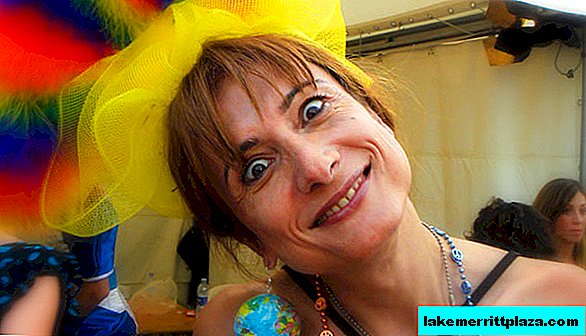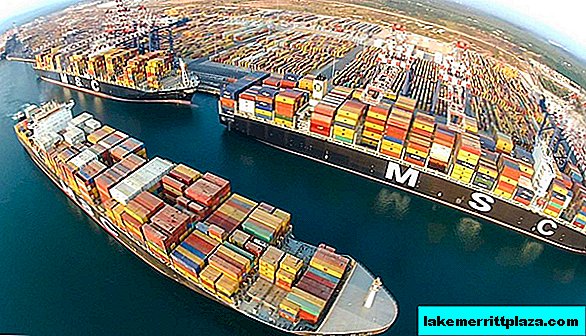"One cannot but give praise to the Veronians for the way they support their amphitheater," Goethe wrote enthusiastically in September 1786, traveling around Italy. The amphitheater, meanwhile, was already nearly 1800 years old. Having survived two world wars, earthquakes and floods, the Arena di Verona to this day is in amazing safety. Not without reason in the Middle Ages there were many legends about its wonderful origin: ordinary people could not imagine how without such divine or diabolical help it was possible to erect and preserve such a grandiose structure.
Earlier, BlogoItaliano already mentioned the Arena itself and told what the Verona Opera Festival is like. But today we will go further and tell about the history of the Amphitheater, its current state, where it is on the map and how you can visit it.
Arena di Verona in ancient times
There is still no consensus on the time of the amphitheater: either the Arena di Verona was erected even under Octavian Augustus (no later than 14 A.D.), or already under the emperor Claudius (41-54 A.D. .).
Most researchers nevertheless are inclined to the version that such a large-scale construction, and even at a considerable distance from Rome, could be successfully completed only in a relatively peaceful time. Such a period in the history of the empire in the 1st century. AD was only under Tiberius - in 14-37 years.
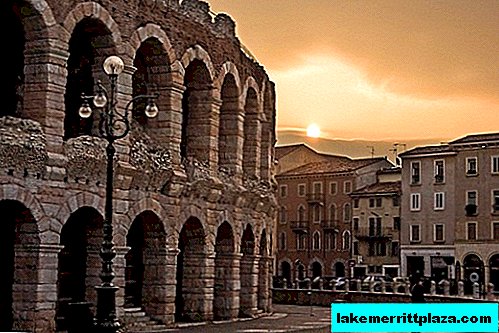
Amphitheater in Verona for nearly 2000 years
An indirect confirmation of this version is the sculptural heads of gladiators in helmets found in the amphitheater. Their image was very common in the 10-20s. I century, however, by 40 AD completely disappeared. In other words, the Arena di Verona was built around 30 A.D.
The amphitheater was located about 70 meters from the ancient walls of Verona. The building, originally faced with pink and white limestone, consisted of 4 elliptical rings: the length of the smallest internal axes is 44.43 m and 73.68 m, the largest (taking into account the collapsed 4th ring) - 109.52 m and 138, 77 m. In total, Arena accommodated up to 30,000 spectators on 44 rows.
Gladiatorial solo and mass battles, navachas ("sea battles"), harassment of wild animals, performances of wrestlers and gymnasts - such was the approximate program of performances. Representations were given on various occasions: a holiday in honor of another deity, the triumph of the commander, the arrival of an honored guest or the burial of an important dignitary.
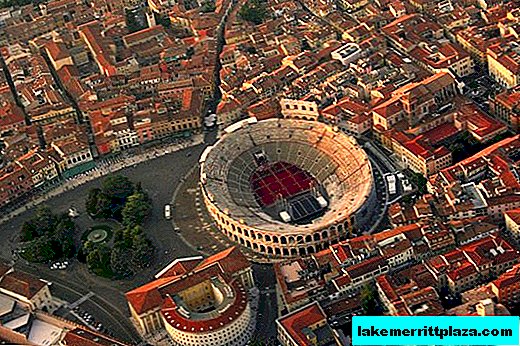
The amphitheater was built for gladiatorial battles, naval battles and circus performances
In 265, the emperor Gallean ordered to strengthen and expand the walls of Verona, vulnerable to German raids from the north. The arena was within the city limits - and began to decline: during the construction of the walls, collectors for the removal of rainwater were destroyed.
However, the performances continued, and along with the gladiatorial battles in the amphitheater, demonstrative tortures of Christians began to take place.
In 312, the real battles for Verona broke out on its territory between the armies of Constantine the Great and the usurper emperor Maxentius. But already in 399, the Christian emperor Honorius closed the gladiatorial schools, and in 404 he forbade competitions. The arena was out of work.
Dark ages
The real story of the Arena di Verona was forgotten surprisingly quickly: in the XII century. the monk-chronicler from the Saxon monastery Gozek praised the erection of such a great building to the leader of the Ostrogoths (aka King of Italy) Theodoric (451-526).
However, the leader's real merit was the restoration of the amphitheater for holding lavish festivities, to which this, incidentally, brilliantly educated ruler became addicted in his early years, while in Constantinople.
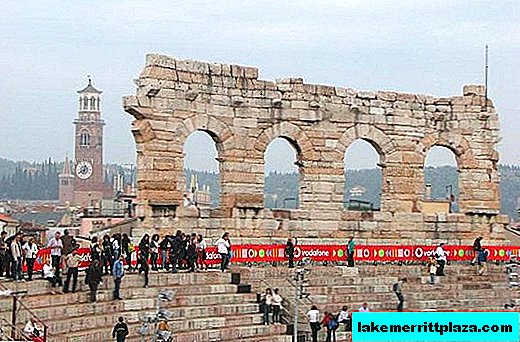
After the earthquakes XII century. only 4 arched sections remain from the external wall of the building
At the end of the VI century. Arena di Verona was damaged during the flood. At the turn of the 9th-10th centuries, when nomadic Hungarians then attacked the city, it again became a theater of real military operations.
But the real tests awaited the amphitheater in the XII century: after the earthquakes of 1116, 1117 and 1183, the Arena in Verona almost completely lost its external wall (4 arched sections remained from it).
This served as a kind of signal for the townspeople who suffered from the lack of accessible building materials. The arena was gradually dismantled, but already in 1228 the authorities came to their senses and forbade the use of the amphitheater as a marble quarry.
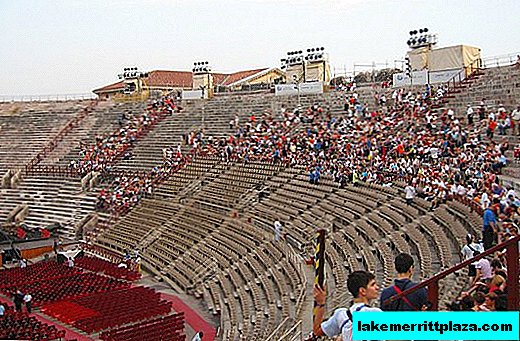
Today the amphitheater seats 15 thousand spectators at a time
However, his further fate was not much better: the building became the site of open church courts and the subsequent burning of heretics. Under its countless arched vaults on the ground floor, merchants placed shops and warehouses, and prostitutes quite officially settled in the empty rooms and walkways.
The situation did not change with the transition at the beginning of the XV century. cities to Venice: executions were carried out within the walls of the Arena until the middle of the 16th century, and trade operations until 1820.
Occasionally, quite decent events were held in the Arena on the occasion of weddings or military victories. In 1450, a law was passed by which it was forbidden to disassemble the structure and prescribed to observe cleanliness on its territory. The restoration of the Arena began only in 1568 and actually continues to this day.
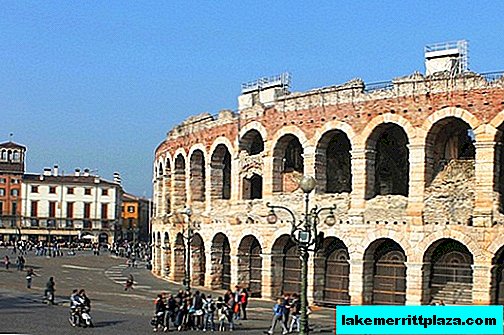
The amphitheater is located on the main square of Verona - Piazza Bra
In the years 1590-1716. The Verona Arena was a recognized venue for jousting, more like historical reconstructions. Until the middle of the XIX century. theater and circus troupes performed in the ancient amphitheater, bullfights and races were held.
Little by little, the Arena in Verona was transformed. So, in 1822, Rossini himself conducted a concert in honor of the Congress of the Holy Union, and in 1842 the troupe of the Verona Teatro Philharmonico performed the operas of this illustrious composer with great success for 10 days.
New life in art
In 1856, the Arena di Verona was officially included in the program of Italian opera seasons. The first performances were Rossini's Barber of Seville and Donizetti's Love Drink.
Since 1913, in honor of the centenary of Verdi, the Arena in Verona was chosen for the production of "Aida" in "natural scenery". The unique acoustics and unusual surroundings amazed both the audience and the organizers of the event, and the Verona Opera Festival became an annual festival of high art.
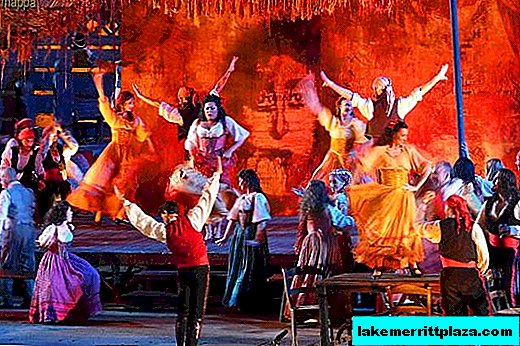
Bizet's opera Carmen on the stage of the Verona Amphitheater
Due to the specificity of the site, the season opens in March and lasts through November inclusive. In March, ballet performances and symphonic music concerts take place. In April, one of the leading operas of the season and the upcoming festival is staged. In May, the Arena di Verona again awaits the audience for ballet and symphony evenings.
Performances of stars of the world rock and pop scene are also frequent. They gave concerts Adriano Celentano and Gianni Morandi, Pink Floyd and Metallica, Sting and Björk.
Verona Opera Festival
Verona Opera Festival runs from mid-June to mid-September. The compulsory program is Verdi's “Aida” (“founding performance”) and “Romeo and Juliet” by Charles Gounod (Verona after all).
The repertoire is based on opera brands: Othello, La Traviata and Troubadour Verdi, Turandot, Tosca and Madame Butterfly Puccini, Barber of Rossini, Norma Bellini. Non-Italians are also staged: Mozart (The Magic Flute, Don Giovanni), Bizet (Carmen).
Each year, viewers can see 1-2 premiere productions of famous operas created specifically for the Arena. These are futuristic fantasies from modern troupes, and luxurious, "imperial" performances from Franco Zeffirelli, and "restored" performances from Vyacheslav Okunev.
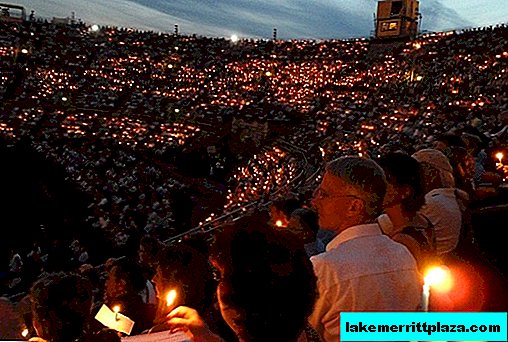
As the sun goes down, viewers light candles
Over the years, Tito Gobbi, Luciano Pavarotti, Maria Callas (debuted on this stage in 1947), Placido Domingo, Vladimir Atlantov, Marcelo Alvarez performed at the Arena.
After numerous reconstructions, the Arena di Verona accommodates up to 15 thousand spectators at a time and is considered the largest operating open-air theater. Each performance begins exactly at 21.00 (June-July) or at 20.45 (August-September).
As the sun goes down, viewers light candles. 15 thousand flickering lights - and no gadgets: this is a tradition, and traditions must be respected.
Tickets for the Arena and Opera Festival
Just note that for the inspection of the Arena it is not necessary to buy a ticket for the performance. You can do this, for example, with Verona card, which will allow you to visit not only the Arena, but also about 20 other major sights of Verona, including Juliet's House and Balcony, Lamberti Tower and others, free and without waiting in line.
In addition, during its validity period, the card allows you to use ATV buses and many other goodies for free. You can see all the details and order a card online on this page.
As for the Festival itself, you can see the repertoire of the upcoming season and purchase tickets for performances on the official site of the Arena.
You need to buy tickets for the Verona Opera Festival in advance, ideally, no later than a month, and for the performance of world stars - as soon as the repertoire of the upcoming season is announced.
The price of the cheapest tickets starts from 20-25 Euros, but more or less worthy places cost from 100 Euros.
Arena di Verona is located in the very center of the city at the address: Piazza Bra, 5. You can get to it from Verona Porta Nuova station by buses No. 72, 73, 11, 12, 13 and 14 or by taxi.
The location of the amphitheater on the map is given below:
Hotels nearby
During the festival, Verona is visited by a huge number of guests, and many hotels in the immediate vicinity of the amphitheater are booked almost six months in advance. However, in Verona you can always find current sales and promotions from hotels. The current list is given below.

